The surprising benefits of harvesting wild foods – more than you’d expect!
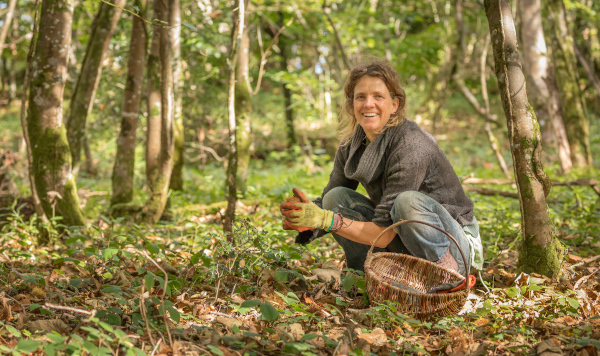
In this article, Emily Fawcett and Charlie Loram of the Old Way look at the less visible benefits of harvesting wild foods.
Eating wild food is not only about nutrition, at least not in the sense that we traditionally think about nutrition. Biomechanist and movement expert Katy Bowman uses the word “nutrient” in a much wider context than for simply calorific or medicinal value and we’d like to follow this thread here to discuss the possibility of wild food harvesting as “connective nutrition”. The naturalist, Jon Young teaches that the three tenets of deep nature connection are connection to the land, each other and ourselves and that health comes from practicing all of these.
We are uncovering some answers to our current human predicament by becoming informed by the past, living now, for the future. How to move forward in ways suited to each individual to enrich a deeper connection to the land that we can also feel in our bodies. As cultural ecologist David Abram says: “… to take a look at what’s really going on in the body’s world, which is really the Earth”.

Landscape nutrition
Wild food forms one of the most fundamental links between ourselves and the land it was procured from. Through active engagement in food gathering we tap into a primal way of being in relationship with the plant or animal and the landscape.
When we put wild food in our bodies we are literally becoming the wild landscape, taking on the substance of roebuck or acorn and the landscape is becoming human on a cellular level by providing the protein building blocks in our bodies. It could be seen as a sacred interaction, so far removed from our globalised food culture. Wild food harvesting is an incredibly powerful way to rebuild a deep connection to land.
Tribal nutrition
Food gathering can also build community. When we forage as a group we are building and strengthening tribal bonds and friendships through banter, singing and sharing. The time-honoured hunter-gatherer system of bringing back food for the tribe and dividing it according to local tradition is the basis of the success of egalitarian cultures.
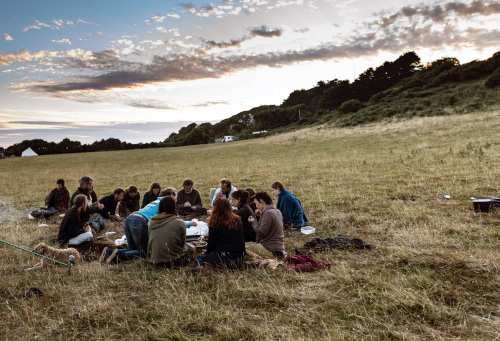
The Ju/Hoansi San bushmen, for example, were until very recently immediate-return hunter-gatherers. This system is only possible where there is a year-round supply of food of various sorts, which is the case in the Kalahari, but not here in Britain where a delayed-return system including some simple processing and storage is necessary. In both cases food-sharing amongst the group is key to building tribe.
During our last Kalahari visit I experienced a visceral shift from “I” to “We”, from looking after ourselves as individuals, to sharing whatever food we had with whoever was around at the time. This not only had the effect of building strong ropes of connection with members of the Ju/Hoansi group but also started to break down personal habitual patterns of ownership and greed. As a result the bonds of our group deepened.
One curious effect of selfless food sharing was that at some meals we might have eaten less food than we habitually wanted, but instead of feeling hunger, there was an unexpected sense of deep nourishment. As Robin Kimmerer-Wall, author of Braiding Sweetgrass, says: “All flourishing is mutual: we feast together and we starve together.” There is a security in knowing that we are in this together. Tribal nutrition feeds an innate human need to be part of something bigger than ourselves.
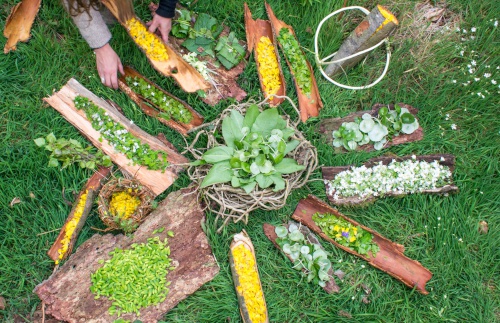
Body-mind nutrition
Much has been written of the myriad health benefits of eating a varied diet of wild plants and animals and if you want to delve deeper we suggest you read Arthur Haines’ excellent research on this in his book A New Path. In this article, however, we’re looking at the less visible benefits of harvesting wild foods.
When we go seeking wild food, whether foraging, hunting or fishing, we are re-enacting our ancestral past and are ‘exercising’ our minds and bodies in the way that we are evolutionarily designed to move and interact with the landscape.
There is much talk these days of emulating our hunter-gatherer ancestors in a bid to find solutions to the evolutionary mismatch we currently find ourselves in. The Paleo food movement is one such example and this approach is also gaining momentum in the movement/exercise world; barefoot running, minimalist footwear and MovNat classes being some examples.

To find our benchmark, perhaps we should look at how much exercise hunter-gatherers take. One recent study on the Hadza, a group of hunter-gatherers in northern Tanzania, showed that on average they performed just over 2 hours of moderate (55-69% Maximum Heart Rate) activity and 20 minutes vigorous (70-89% MHR) activity a day. Should we therefore go for a long walk or run followed by a short but intense workout every day and then call it quits? If we did we would miss out on the other often overlooked detail from this research, which was that the Hadza also averaged nearly 4 more hours of light physical activity every day. So that’s six hours of activity every single day. That is an incredible amount of movement to fit around work, childcare and everything else we have to fit into our modern lives. Talk about evolutionary mismatch!
But what if we could carve out one or two half days a week to go wild food harvesting? Yes, it’s not six hours a day, but it’s a start and who knows where it might take us in 5, 10, 30 years’ time. Perhaps it’s autumn and the chestnuts are lying plump on the ground. A few short forays during the week have identified the best places to gather with friends at the weekend.
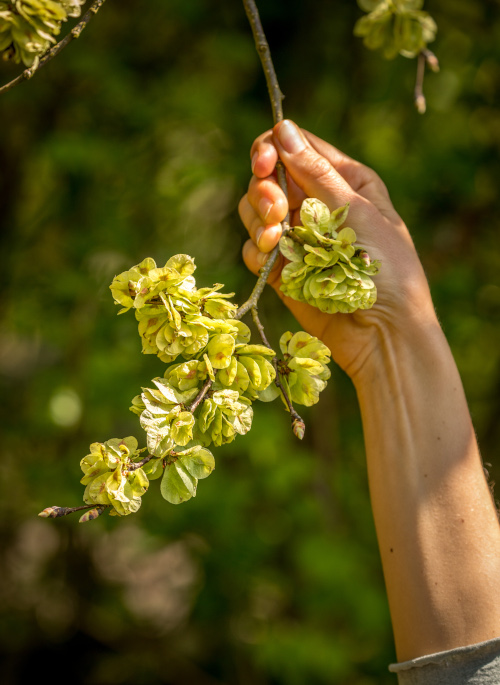
We head out as a small band carrying handmade baskets full of expectation. We goad each other into running, climbing, hiding as we make our way to the chestnut stand. Half an hours’ hard walk uphill leaves us panting and glowing. Spotting the spiky green balls of wild carbohydrate we stoop under branches and over brambles, perhaps momentarily transitioning to a crawl to reach a particularly succulent looking nut. Moving from squat, to kneeling, to standing we perform the perfect primal movement workout without even being conscious of it. This ‘movement workshop’ would cost a small fortune in some fully-glazed, timber-floored city gym and yet we’d still be left hungry for more ‘nutrition’.
Laughter and song fill our hearts as baskets fill with winter food. Spontaneously we start to throw the best and most succulent nuts we find into each others’ containers. It feels good, no further thought-construct needed. The land speaks to us through our bodies, moving us on when muscles start to ache, ensuring we leave plenty of food for the other inhabitants of this wood.
A snapped twig; eyes swivel to gaze at a startled roebuck. Later, mobbing jays alert us to an irritated tawny owl just trying to get some daytime rest. Senses alert, damp soil and musty leaves filling our nostrils and fingernails; mist clinging to our hair as it clings to the Old Man’s Beard (Usnea lichen) in the oaks.

Even if our haul of chestnuts is just enough to roast one winter’s evening, our bodies already feel satiated by the movement nutrients we have imbibed. We have been fed mentally through the acts of searching, identifying, discussing and honing our skills and we are spiritually replete with a sense of gratitude for what the land provides and the container our band of gatherers creates.
So much of this journey is not about learning new hard skills (although we do a lot of that as well) but adopting practices that help us remember what has been forgotten. Practices that help us deconstruct our conditioned linear thinking so that we can lay down new neural pathways: ropes of connection; maps in the brain; maps in nature; “the body’s world which is really the Earth”. Many of these Ways are just over the horizon, out of sight but close enough to be rediscovered.

About the author
Emily Fawcett is an experimental archaeologist with a recent MA in human-animal interactions in the Stone Age, primitive skills practitioner, tracker, musician and facilitator of various rites of passage and nature connection events. She is co-hosting the Old Way.
The views expressed in our blog are those of the author and not necessarily lowimpact.org's
3 Comments
-
1Malcolm Purvis February 14th, 2019
How lovely, inspiring and heartwarming Emily, thank you very much.
-
2annbeirneanimalwhisperert February 14th, 2019
Sounds perfect, but as a vegan I would never eat animals or partake of thier milk or skins, I would be perfectly happy with vegetables salads berries and nuts certainly looking for your own wild food is far more nourishing than getting it from shops where the fruit, vegetables and salads may have been travelling for days and chilled, I am finding it harder and harder to find fruit that actually has the scent of freshness mostly they have no smell at all except some salads in packets that smell and taste of disinfectant. I am going to try and find a local course on hunting for wild food, I think this is what I have been looking for, for a long time and what has been missing from my life.
-
3Bette February 19th, 2019
Thank you! Yes yes tis so true and lovely. Nature wakens up my human ness . For all these millenia of existance, barring this very last, we lived straight off the land. yet in that short time so many humans have lost the ability to even concieve of surviving in a forest full of food! . Grocery stores are a very recent development in terms of our ENTIRE human history… This is very important and beautiful- Bette Grace




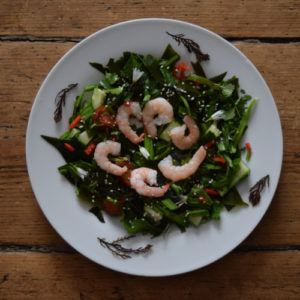 Edible seaweed season has started, but the British still don’t get them…
Edible seaweed season has started, but the British still don’t get them…
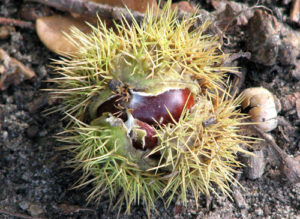 How to gather, store and eat sweet chestnuts
How to gather, store and eat sweet chestnuts
 How might hunter-gatherers have lived on this land?
How might hunter-gatherers have lived on this land?
 Getting started with fishing for food: Part 1 – Gear
Getting started with fishing for food: Part 1 – Gear
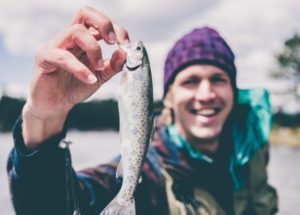 Getting started with fishing for food: Part 2 – When and where?
Getting started with fishing for food: Part 2 – When and where?
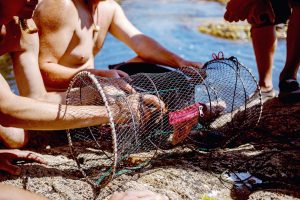 Getting started with fishing for food: Part 3 – Lobster pots
Getting started with fishing for food: Part 3 – Lobster pots
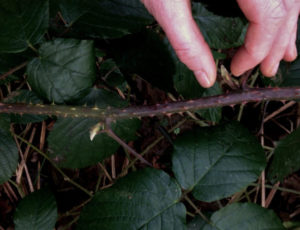 February forage of the month with Ruby Taylor
February forage of the month with Ruby Taylor
 A beginner’s guide to foraging – Part 1: the basics of foraging
A beginner’s guide to foraging – Part 1: the basics of foraging
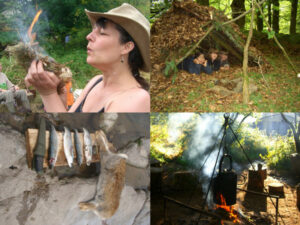 Bushcraft
Bushcraft
 Low-impact food & drink
Low-impact food & drink
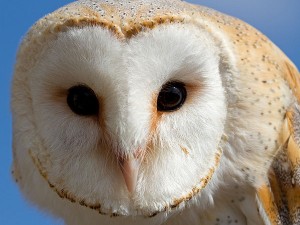 Nature awareness
Nature awareness
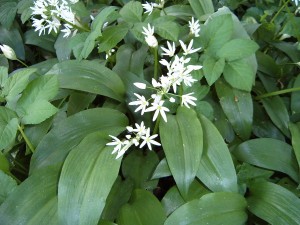 Wild food
Wild food


